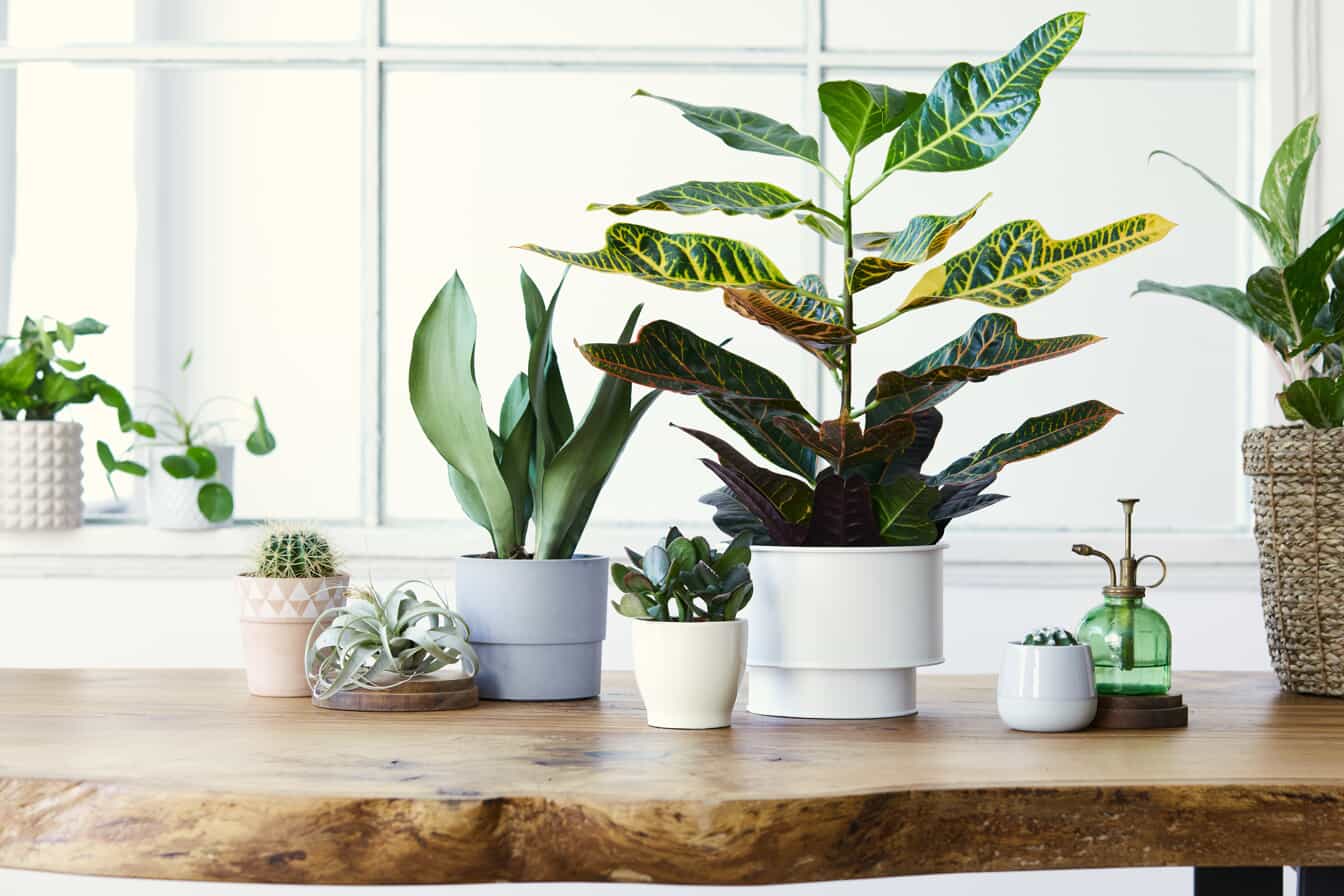Home Recycling Center
These days, most municipalities have mandated recycling programs. Depending on the frequency of when recycling is picked up where you live, it’s likely you have to store your recyclable goods for at least a week or so before your neighborhood’s designated pick-up day. How do you keep your house from becoming overrun with cans and bottles in the mean time?
Learn how to set up recycling bins for home, so that you can do your part for Mother Earth while still keeping a tidy abode.
Understand How to Recycle Properly
First things first, you need to learn what’s actually recyclable in your city or town. Don’t be fooled into thinking all items with that little triangle symbol can actually be sent to the recycling center. While many of them are technically recyclable, your local facility may not be set up to process them. For example, some centers don’t accept #4 or #5 plastics and others may not take any glass at all. Consult your city’s website — or call their general information number — to see who the recycling provider is where you live. That company should have a list of items that are permitted at their recycling center.Find the Best Place for Your Recycling Storage
A lot of the things we recycle come from the kitchen, so most people keep their bins there. However, if you have to wait a week or two for a pick up, recyclables can really pile up. Shabby chic may be in style when it comes to home décor, but just plain shabby is not. Try keeping an old milk crate or small trash can under your kitchen sink. When that’s full, empty it in the larger recycling bins your city provides. These can be stored in the garage, laundry room, mudroom or even outside.Set Up a System
A couple of factors come into play when determining the system you’ll use for recycling bins at home. To start, you need to figure out what type of recycling is offered in your area. Are you allowed to combine all your recyclable goods in one container? This is called single-stream recycling and can make life easier as everything can be blended. If you have to separate each material —glass, paper and cardboard, plastic, etc. — your area offers multi-stream recycling, meaning you’ll need multiple bins.Regardless of what type of recycling is offered in your city or town, the first step of your process should be the same: You need to wash out containers before placing them in a receptacle. Otherwise, you’ll attract bugs and have to deal with unpleasant odors.
Now, how do you keep the old milk jugs and toilet paper tubes from taking over your house? These tips can come in handy for both single-stream and multi-stream recycling bins for home:
- Use stylish wicker laundry baskets so you recycle and maintain a sleek, minimalist vibe. (This will also make carrying recyclables a little easier.)
- Buy tiered bins that can be stashed in the kitchen pantry. (Look for models with wheels, so they’re easy to transport on pick-up day.)
- Hang recycling in patterned reusable grocery bags or colorful totes. (They’ll add a splash of color to the mudroom or laundry room and will be easy to carry out, too.)
- Store kitchen recycling in painted metal trashcans with lids. (Practical and attractive is a win-win.)
Reduce Your Reliance on Single-Use Products
Disposable products are almost impossible to avoid altogether, but there’s a lot you can do to reduce the number of single-use products you bring into your home. This, in turn, will decrease the items your indoor recycling bins have to hold until the next pickup day. Here are some easy ways to keep those bins from getting overloaded:- Take reusable shopping bags and produce bags to the grocery store.
- Skip bottled water in favor of a reusable bottle.
- Take your own insulated mugs to coffee shops.
- Bring plasticware to restaurants for any leftovers.
- Skip the straw at restaurants, bars or cafes.
- Ask that carryout meals be packed without plastic cutlery packets
- Use cloth napkins and look for paper towel alternatives.
- Upcycle items like mason jars.
- Buy foods like nuts, cereals, flours, pastas or pretzels at bulk food stores and store them in reusable containers.














